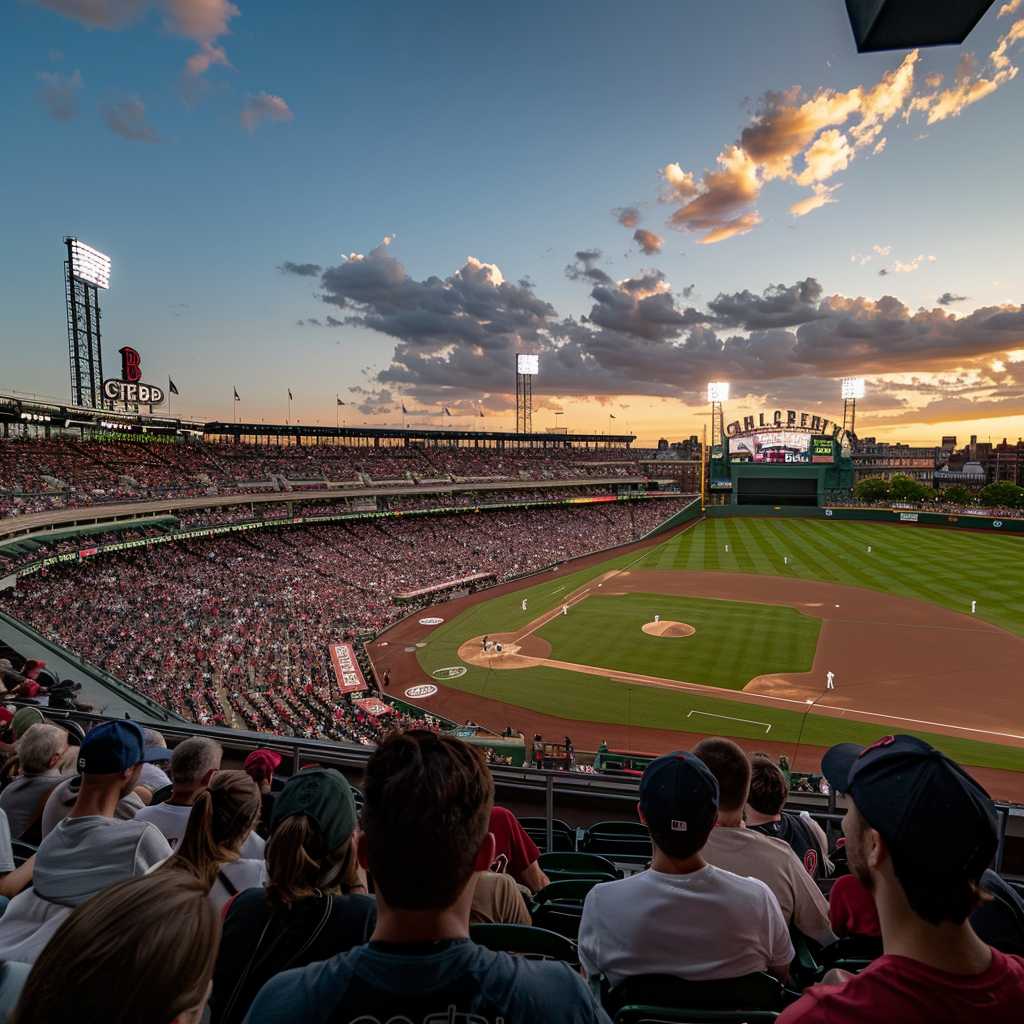The Resilient Legacy of the Boston Red Sox
The Boston Red Sox stand as one of the most storied franchises in Major League Baseball (MLB), embodying a rich history that has seen both epic triumphs and heartbreaking curses. This article delves into their inception, notable accomplishments, player highlights, impact on culture, and the future trajectory of the team.
Early Beginnings and Historic Foundations
Founded in 1901 as one of the American League’s eight charter franchises, the Boston Red Sox were a dominant force in baseball’s early years. They won the very first World Series in 1903 and followed with four more titles by 1918. This era showcased the talents of such legends as Babe Ruth, whose pitching and hitting talents enthralled fans. However, Ruth was famously sold to the New York Yankees in 1920, a move that many believed cursed the Red Sox for decades to come.
The Decades of the ‘Curse of the Bambino’
The sale of Babe Ruth symbolized the beginning of an 86-year championship drought, often referred to as the “Curse of the Bambino.” During this time, the Red Sox came close to glory several times, only to fall short in often dramatic and heart-wrenching fashion. Notable moments of near triumph included the 1946, 1967, 1975, and 1986 World Series, where they were defeated despite having rosters full of outstanding talents like Ted Williams and Carl Yastrzemski.
The Breakthrough: 2004 and Changing Fortunes
In 2004, the narrative dramatically changed as the club mounted an unprecedented comeback from a 3-0 series deficit against their arch-rivals, the New York Yankees, in the American League Championship Series (ALCS). They would go on to sweep the St. Louis Cardinals in the World Series: a cathartic victory that not only shattered “The Curse” but also redefined the franchise’s narrative.
The Red Sox in the 21st Century
Since breaking “The Curse,” the Red Sox have been one of baseball’s most consistent and successful teams. Additional world championships in 2007, 2013, and 2018 further solidified their powerhouse status. These victorious teams combined a mix of homegrown talent, like Dustin Pedroia and Jon Lester, with key acquisitions such as David Ortiz and Manny Ramirez.
Player Highlights and Tales of Success
Through the years, various Red Sox players left their indelible marks on baseball history. Williams is considered one of the game’s all-time greatest hitters; Yastrzemski became a Red Sox icon; Pedro Martinez dominated as one of baseball’s pitching greats; while David Ortiz became synonymous with clutch hitting especially during post-season play.
Fan Culture and Fenway Park
Central to Red Sox culture is Fenway Park, MLB’s oldest stadium (opened in 1912) known for its unique features such as the Green Monster—a towering left-field wall. Fenway has become a shrine-like venue for baseball purists and is integral to the identity of the Red Sox franchise. The fans have long been characterized by their loyalty and passion—a phenomenon evidenced by a more than decade-long consecutive sellout streak from 2003 to 2013.
Impact on Popular Culture and Rivalries
The Red Sox not only have cultivated loyal local fans but have also penetrated broader pop culture with appearances in films, literature, and widespread merchandise sales. Perhaps no aspect of their identity is more culturally ingrained than their rivalry with the Yankees—considered by some to be the greatest rivalry in North American sports.
Looking to Future Seasons
As with any major league team, change is constant. The Boston Red Sox continue to reinvent themselves through player development, trades, international signings, and uses of sports analytics to remain competitive in an ever-changing MLB landscape.
Legacy: Notes
Image description: Image shows Fenway Park filled to capacity during a summer evening game. In this scenic view, we see much cheering as a key player hits a ball towards left field with the iconic Green Monster visible in the background.

